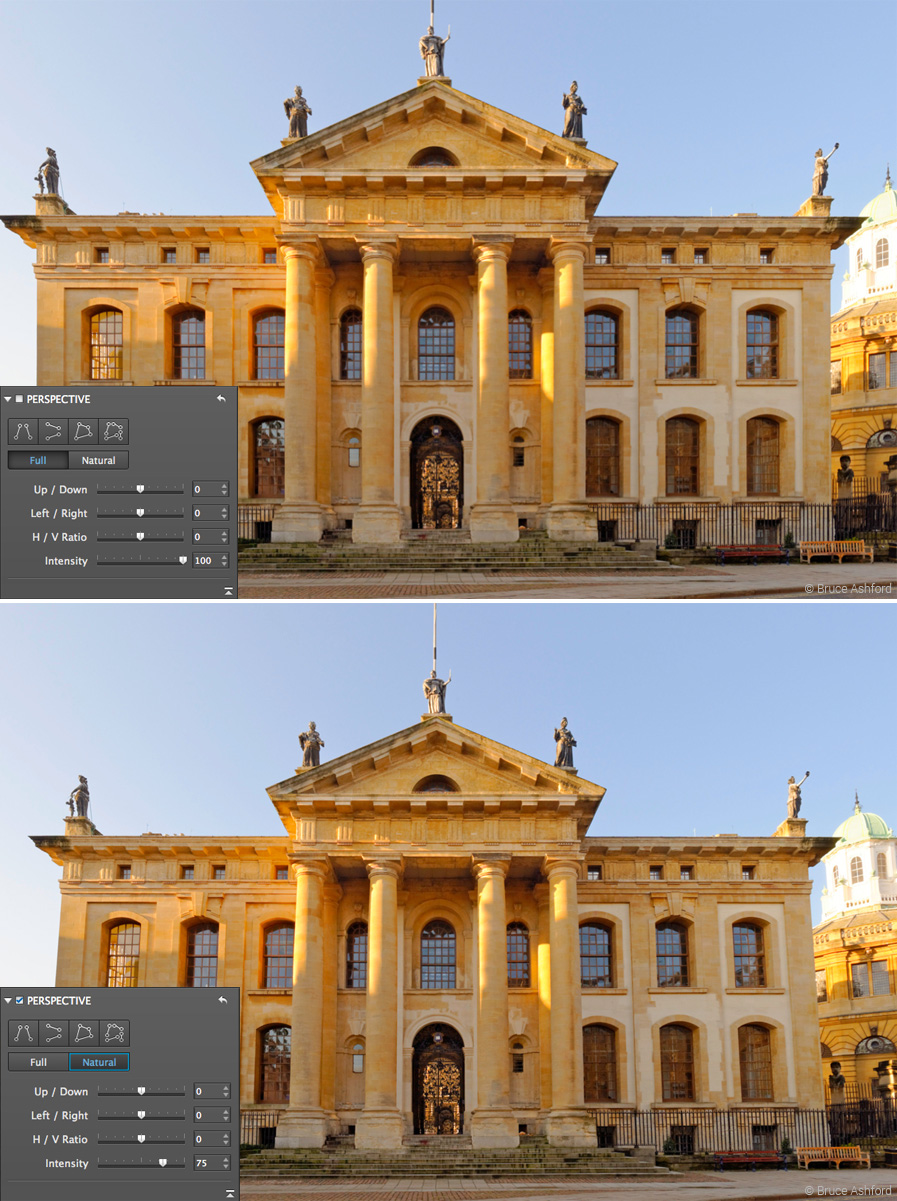


Compare with the original image: clicking and holding this button lets you quickly switch from the corrected image to the original image in the display area (and vice versa by releasing).
Image count: Indicates the number of images in the selected folder and the order of the currently displayed image.Previous/Next Image: lets you switch from one image to another within the selected folder.Return to image browser: Takes you back to the Image Browser and the folder tree.The options available will depend on the mode (standalone or plugin). Located in the top part of the DxO ViewPoint window, it features tools to open, save, and correct the image, as well as different display and navigation modes. Displays the image contents of a folder as thumbnails (click to select a thumbnail, double-click to open it in the correction section.).Sort: lets you display images according to certain criteria (shooting date, modification date, alphabetical order, and file type) in ascending or descending order.File path: shows the pathway to the selected folder.Open folder: Opens a system dialogue box to select and display images from a particular folder.Recent images: displays recently processed images.Image Browser: displays the folder hierarchy on your hard drive in an adjustable-width panel.The Image Browser is organized as follows: When DxO ViewPoint is first opened in standalone mode, the Image Browser displays the sample images that came with the program. The dimensions are refreshed each time an image is resized. When an image is opened in the correction section, the bottom right-hand corner of the display area shows the width and height of the image in pixels. The side toolbar to switch to the recent images view.In standalone mode, DxO ViewPoint also has the Image Browser which has the following components: The control line magnification loupe (Perspective and Horizon tools).The control panel (with the correction tool palettes).The image display and file store (in standalone mode).The DxO ViewPoint interface is divided into 5 main areas: Light | Dark The interface About the interface


 0 kommentar(er)
0 kommentar(er)
